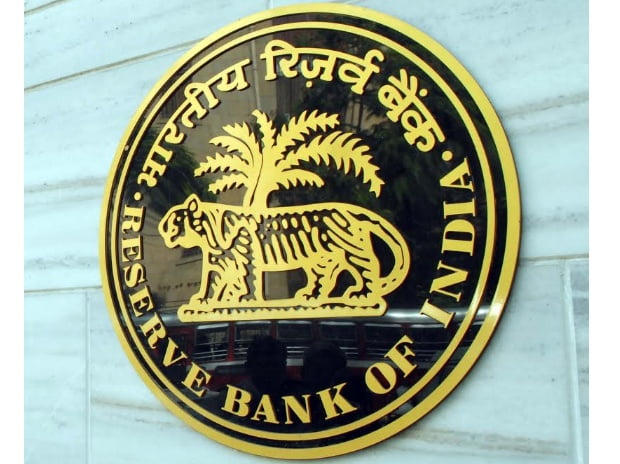
The six-member monetary policy committee (MPC), headed by the Reserve Bank of India (RBI) governor Urjit Patel, on Wednesday unanimously decided to keep the policy rate unchanged at 6.25 per cent, considering the “heightened uncertainty” of volatility related to US rate hike and the local demonetization drive.
RBI also withdrew incremental cash reserve ratio (CRR) imposed recently on Rs 3.24 lakh crore of deposits, from the fortnight starting December 10.
Very few in the market had expected a pause. Only two out of 12 economists and bankers polled by Business Standard had said they expected a pause. The pause will put pressure on bonds that had rallied recently on hope of a rate cut. Bonds will have to give up some of those gains now.
The RBI’s monetary policy document said it decided to pause given the imminent tightening of monetary policy in the US, which is triggering bouts of high volatility in financial markets. This volatility could possibly have large spillovers that could have macroeconomic implications for emerging markets economies.
Besides, in India, “while supply disruptions in the backwash of currency replacement may drag down growth this year, it is important to analyse more information and experience before judging their full effects and their persistence – short-term developments that influence the outlook disproportionately warrant caution with respect to setting the monetary policy stance.”
If the demonetization impact is transient, “growth should rebound strongly.” Turning to inflation, food prices other than vegetables are exhibiting sustained firmness and a pick-up in momentum.
Besides, there is a downward inflexibility in inflation excluding food and fuel which could set a resistance level for future downward movements in the headline numbers, RBI said.
Add to that, volatility in crude prices and the surge in financial market turbulence could put the inflation target for the fourth quarter of 2016-17 at some risk, RBI said. RBI expects to contain inflation at 5 per cent in March 2017.
“Given these indicators of underlying inflation, it is appropriate to look through the transitory but unclear effects of the withdrawal of SBNs (old bank notes) while setting the monetary policy stance.”
“On balance, therefore, it is prudent to wait and watch how these factors play out and impinge upon the outlook. Accordingly, the policy repo rate has been kept on hold in this review, while retaining an accommodative policy stance,” RBI’s policy document said.
According to RBI, the withdrawal of old bank notes could have downside risks in the near term and could travel through two major channels: (a) short-run disruptions in economic activity in cash-intensive sectors such as retail trade, hotels & restaurants and transportation, and in the unorganised sector; (b) aggregate demand compression associated with adverse wealth effects.
However, the ipact of the first channel should, however, “ebb with the progressive increase in the circulation of new currency notes and greater usage of non-cash based payment instruments in the economy.”
But the impact of the “second channel is likely to be limited,” RBI said.
[Source:-BS]



